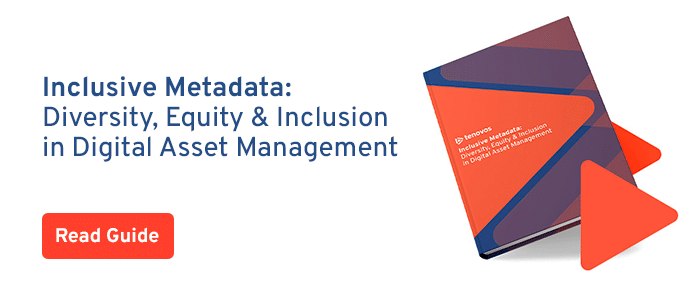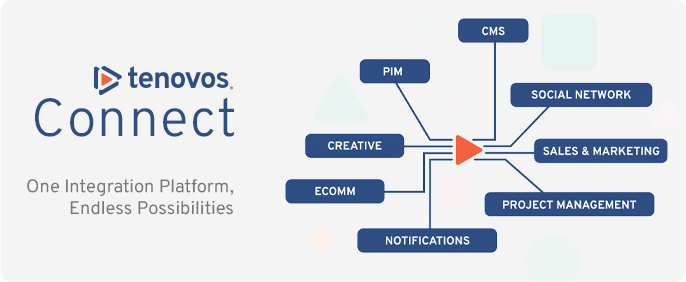DAMs are only useful if actually used. The key is to get your users to adopt, not just because you told them to, but because they understand the benefits.
Are partners accessing the content the way you want them to, or are they still requesting it via email or Slack? Do you have reviewers placing comments on PDFs from within the tool, or are they downloading, adding comments to the file, and reuploading? Are people following the right naming conventions or do you have rogue assets named “final_final_final.pdf”? If people aren’t using the DAM, or aren’t using it as intended, it becomes a pass-through system, or an archive, and is sure to fail in its potential.
But how do you inspire them to adopt? Adoption requires change. Hopefully not too much change. Because as we’ve explored, it’s a scaffold, not a whole new building. The DAM should wrap around their process. But enforcing even a small change like that can be difficult. Seventy percent of organizational transformations fail, and knowing why that happens is the key to being among the 30% to succeed.

Senior McKinsey partner Harry Robinson finds that changes tend to fail because leaders aren’t able to explain how things will be different or better after the change. Or, they didn’t pick a change that matched the organization’s skills, so even if people wanted to change, they weren’t able. And third, they tended not to measure and manage the change, with meetings about how it was going, so everyone could adapt.
Luckily for you, if you completed Chapter Two, you already know your vision—that’s your DAM’s “why.” You know the value, and how it’ll make you and your users more productive. With that “why” documented, you can also begin to document the state of things, whether people are getting what they want now, and the future state you’re headed toward. For each gap, what sort of features, processes, or automation would you need to make that a reality?
| How things are now | How they should be | What needs to change |
| Designers store their files on their desktop and only sporadically upload to the DAM | Designers sync their desktop and DAM so it captures files automatically | … |
| … | ||
We recommend diagramming this new environment or way of working in a drawing tool—in PowerPoint, Canva, Figma, or as a last result, on paper. List out every object, repository, team, user profile, and relationship.
Anywhere you struggle to draw or explain the connections between things is an area you don’t fully understand, and need to investigate more. Anywhere you can fully explain things, that’s an area you can focus on for what we call “adoption campaigns.”
DAM adoption is often a one-time event, where people are trained, handed a few PDFs, and mostly left alone. But that’s not really how most people learn. Most of us tend to revert back to habits, especially in times of stress. If you aren’t constantly driving adoption, that adoption knowledge is always decaying and needs to be renewed, until people fully take on using the system.
Here are rules for running an adoption campaign:
- Focus on the WIIFM—short for “What’s in it for me?,” WIIFM is what every user is wondering each time you ask them to do something. Explain why this will make them more productive, in terms of things they’re measured on.
- Keep it simple—each campaign should have only one goal. If you must have two goals, create two campaigns.
- Tell people seven times in seven ways—everyone’s busy. To get your message across, you’ll have to repeat yourself, over and over, across a variety of channels.
- Feature success stories—let your users do the talking. Nobody is better equipped to explain why adoption matters than the users themselves.
- Summarize and document the campaign in one place—create a campaign document that summarizes it all, and the effects, so you can either repeat or learn from it.
Just as hard as you push for adoption, document why it does or doesn’t happen. The best-laid plans often crumble in the face of reality, and it’s only through endless iteration that you figure out what works for your business. It can be helpful to practice the customer service industry’s method of knowledge-centered service, or KCS: Look at everything that happens as an opportunity to document and learn. Adoption campaign got zero traction? Ask people why. A welcome email with a Seinfeld GIF gets lots of responses? Use GIFs to increase responses in other communications. And so on.
Specifically, document what works for your business around:
- Messaging and what’s considered valuable
- Onboarding and training
- Providing helpful resources and templates
- Building your internal DAM policy
- Using video walkthroughs
Eventually, when you collect enough material, you can produce a “playbook” that includes all the successful elements of an adoption campaign, including templates for the emails and tips for communicating to each department. Bonus points if your playbook includes actual user stories from people who were successful as a result of the campaign, which you can share at all-hands meetings.



